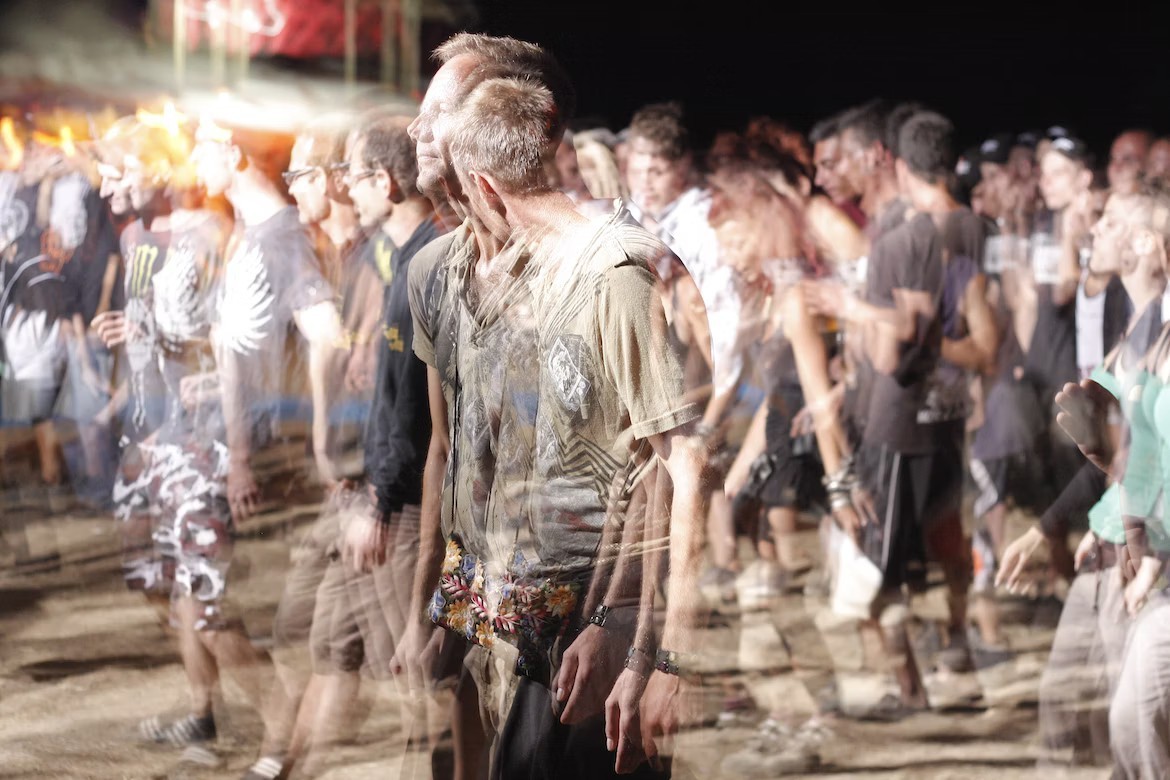Carl Hart, Ph.D., through his groundbreaking work on addiction, emphasizes the idea that the traditional “war on drugs” narrative is too simplistic. The view that drugs are inherently bad, and the individuals who use them lack moral fortitude, is a narrative that needs reexamination. In much the same way, Eastern philosophy encourages us to view challenges, including addiction, not as isolated phenomena, but as interconnected aspects of our existence. Within this framework, the healing potential of movement and exercise emerges as a vital tool in the recovery journey.
The Interconnectedness of Mind and Body
Both Eastern philosophical traditions and modern psychology emphasize the intimate connection between mind and body. This interconnectedness suggests that the state of your physical being can profoundly influence your mental and emotional well-being. When embarking on a recovery journey, tapping into this synergy through movement and exercise can amplify your efforts.
Holistic Healing Through Movement
Ancient practices such as Tai Chi and Yoga, grounded in Eastern wisdom, harness the power of movement to restore balance. By incorporating such practices into your recovery, you pave the way for holistic healing. As you align your physical movements with mindful breathing and intention, you create a space for clarity, resilience, and renewed strength.
Changes Rehab recognizes the transformative power of movement. By integrating structured physical activities into their treatment approach, they cater to the dual needs of the body and mind. The dance of recovery is one where every step, every stretch, and every breath counts.
FAQs About Movement And Exercise In Recovery
- How can movement aid in addiction recovery?
- Movement, as explained by Changes Rehab, facilitates the release of endorphins, the body’s natural painkillers, creating a sense of well-being which can counteract the psychological pull of addictive substances.
- Is intense exercise necessary for recovery?
- Not at all. Gentle, mindful practices like Tai Chi or simple walking can be as effective as intense workouts.
- Can I start exercising even if I’ve been inactive for years?
- Yes, with proper guidance and gradual progression. Changes Rehab recommends starting slow and consulting professionals.
- What if I have physical limitations?
- Therapies can be tailored to individual needs. Adaptive exercises are available to cater to various physical conditions.
- How does exercise compare to traditional addiction treatments?
- Exercise complements traditional treatments. While it isn’t a replacement, it can enhance recovery outcomes when paired with other therapies.
- Do I need special equipment to start?
- No, many exercises, especially practices like Yoga, require minimal to no equipment.
- How often should I engage in movement practices?
- While Changes Rehab suggests daily movement, even a few times a week can yield benefits.
- Can exercise address co-occurring mental health conditions?
- Yes, movement has been shown to reduce symptoms of conditions like depression and anxiety, enhancing overall well-being.
- Will I receive guidance on movement practices during my time at Changes Rehab?
- Absolutely. Changes Rehab incorporates movement and exercise into their holistic approach to treatment.
- Can movement practices help in preventing relapse?
- While not a foolproof method, regular movement can strengthen mental fortitude and provide coping mechanisms, reducing relapse risks.
By harnessing the transformative power of movement and exercise, you invite a potent ally to walk beside you on this path. Let every step, every stretch, and every breath be a testament to your commitment to a brighter, healthier future.
Controversy Surrounding Movement And Exercise As A Recovery Tool
The philosophy of integrating movement and exercise into the recovery process is not without its detractors and skeptics. As you delve into this subject, it’s essential to approach the debate with an open mind, seeking understanding and balance.
One of the significant points of contention is the notion that exercise can become a replacement addiction. Some professionals and recovering addicts have raised concerns that the euphoria derived from physical activity, often termed the “runner’s high,” might be addictive in itself. You may wonder if, in your quest for recovery, you’re merely trading one dependency for another.
There’s also the argument about the physical readiness of individuals in recovery. Often, prolonged substance abuse can leave the body in a weakened state, with compromised organ functions and reduced stamina. As you consider integrating rigorous exercise into your recovery routine, it’s crucial to ask: are you putting undue stress on an already strained system?
Additionally, some traditionalists in the recovery community feel that the emphasis on exercise might overshadow proven, time-tested therapeutic interventions. They caution that while movement is beneficial, it should not sidestep or replace therapies that have shown consistent efficacy over time. As you navigate your recovery journey, finding the right balance between movement and other treatments is vital.
Another point of debate revolves around the cultural and individual variance in accepting and practicing movement-based therapies. Eastern philosophies, like Yoga and Tai Chi, might resonate deeply with some, but for others, these might feel alien or even counterproductive. It’s essential for you to discern what aligns with your beliefs and comfort levels.
Lastly, there’s the question of accessibility. Not everyone has the resources or geographical proximity to engage in specific exercises or attend classes regularly. As you weigh the merits of movement as a recovery tool, it’s worth considering how feasible and sustainable it is for you in the long run.
Amidst these controversies, remember that the ultimate goal is your well-being. Every individual’s journey is unique, and what works for one might not work for another. Listen to your body, seek guidance, and be open to adapting and evolving as you progress on your path to recovery.



